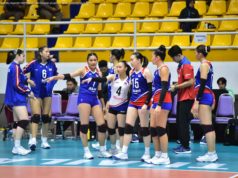The late John Singleton’s debut movie “Boyz n the Hood” set a template for many of the black films that followed its 1991 release, establishing…
The late John Singleton’s debut movie “Boyz n the Hood” set a template for many of the black films that followed its 1991 release, establishing a creed among inner city moviemakers of unapologetic rawness and realism.
But Singleton’s real breakthrough was setting out his personal vision of a specific neighborhood in L.A., one with its own dynamics and mores. And in rendering South-Central, Singleton did something else important — he showed Los Angeles to itself, forcing all of us living north of the 10 or west of the 405 to examine a place and a people we routinely drove past or failed to think about much at all.
That template, important as it was, was also a bane. As quickly as “Boyz” became an icon for black filmmakers and for Hollywood literati — it earned Singleton a couple of Oscar nominations — it became a major touchstone of all things “urban,” that reductive, catch-all marketing term for black culture and style that was becoming institutionalized in the early ’90s.
In rendering South-Central, Singleton did something else important — he showed Los Angeles to itself.
“Urban,” essentially a euphemism for “ghetto,” described movies, music, even fashion. It painted blackness with broad strokes, by design eschewing personal vision, higher aesthetics and narrative subtleties.
It didn’t help that in the early ’90s South-Central was struggling mightily: It was at the apex of a crack epidemic that decimated family ties and whole communities; it was the site of the Latasha Harlins shooting that stoked black-Korean animus citywide; it was the center of the brewing unrest following the videotaped beating of Rodney King.






